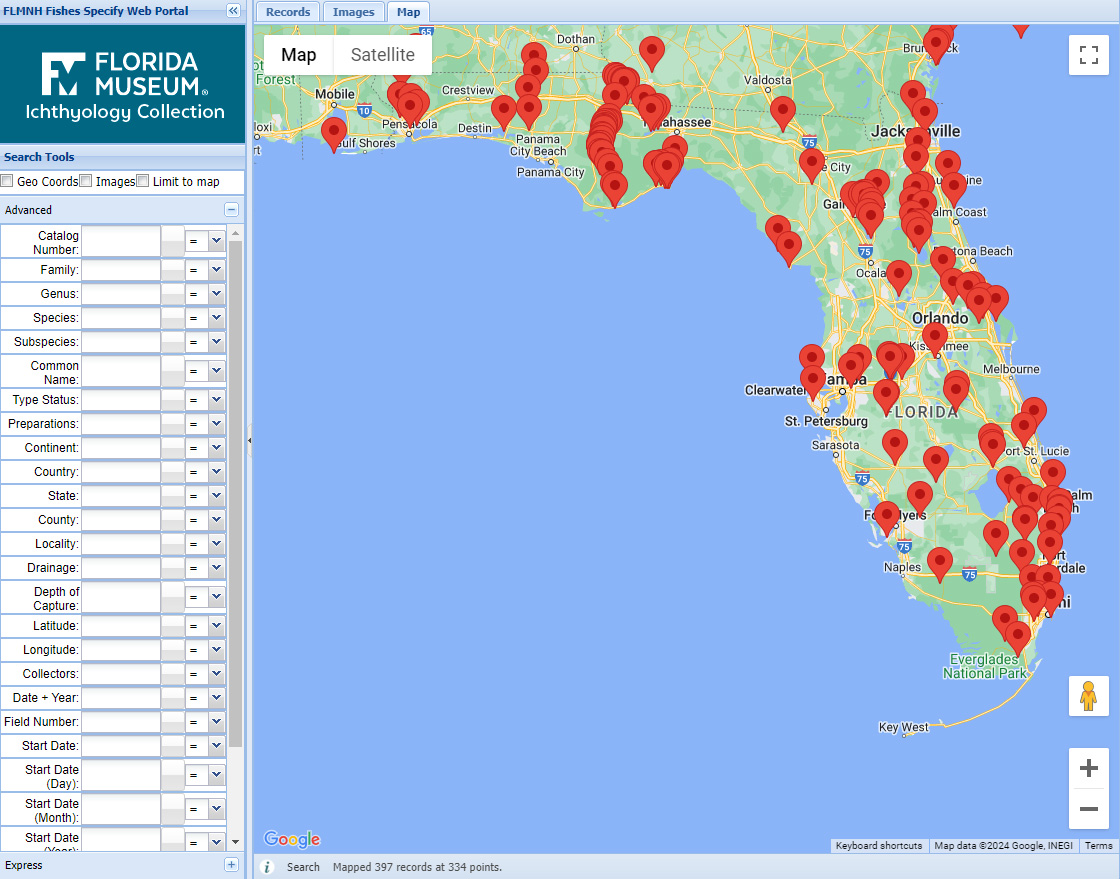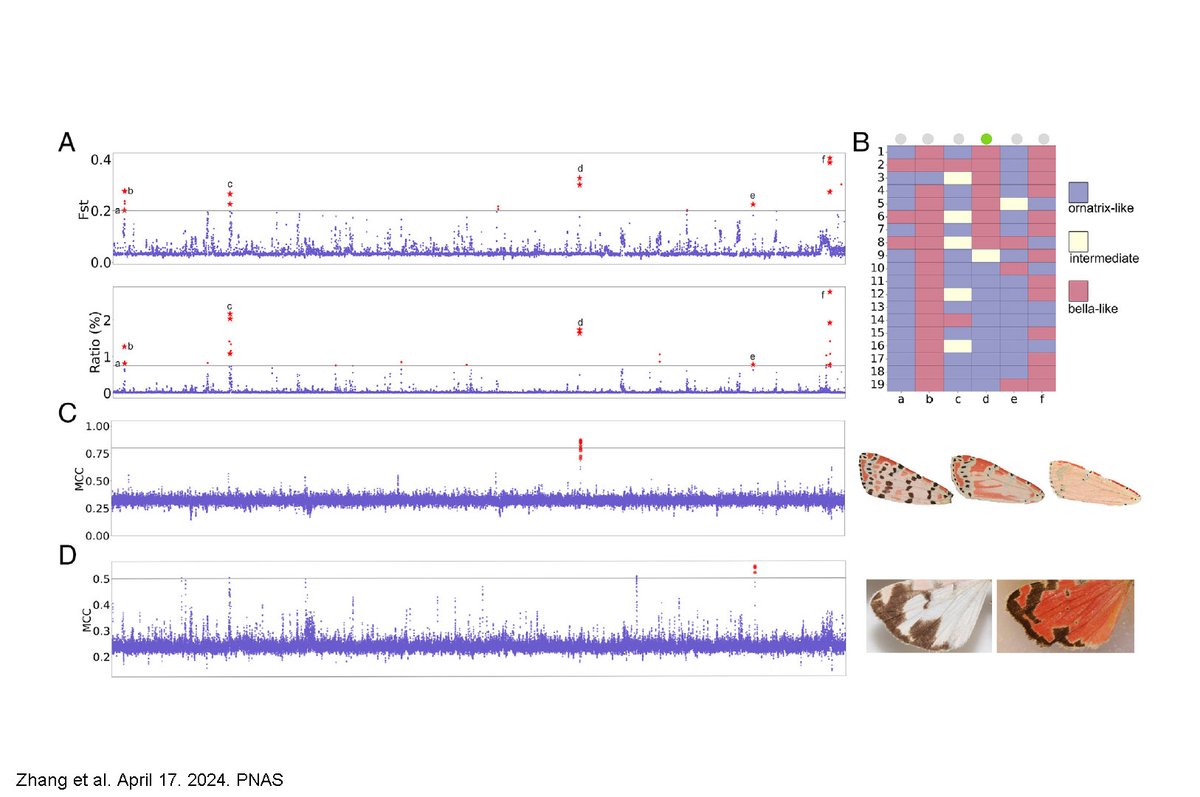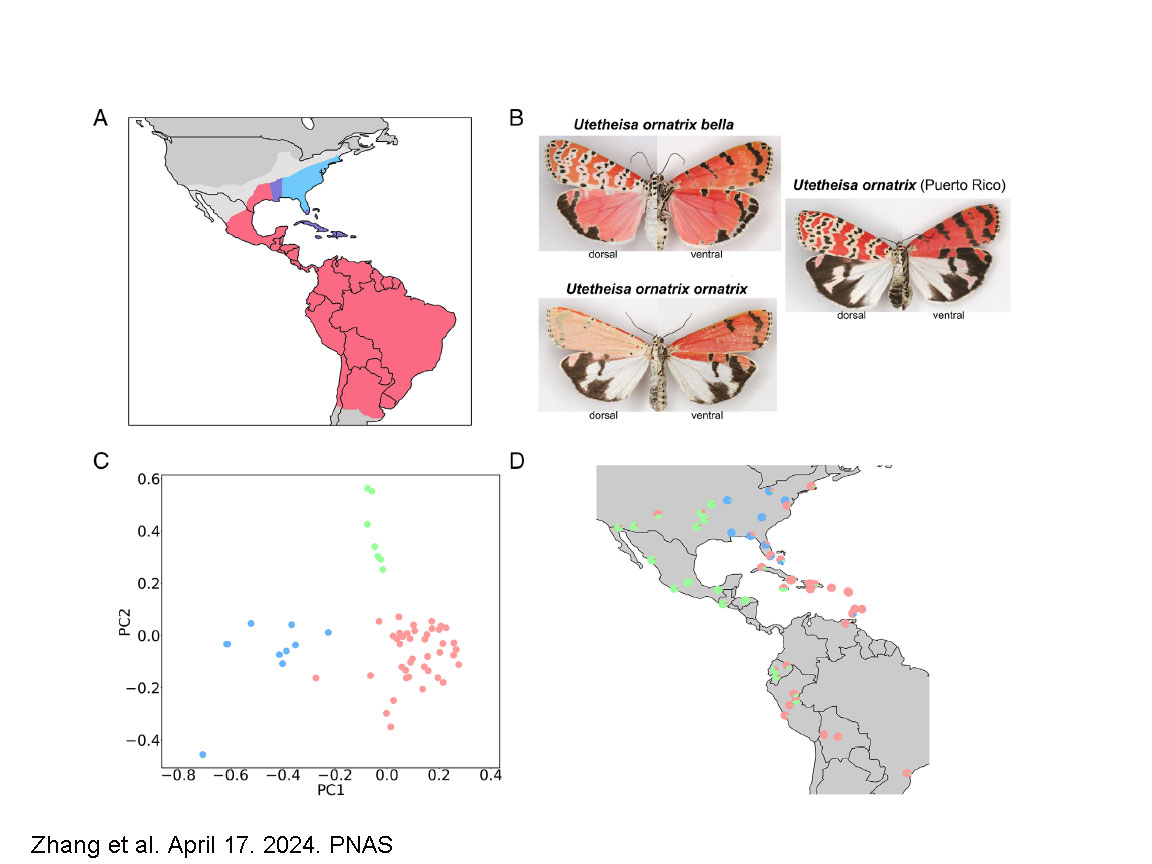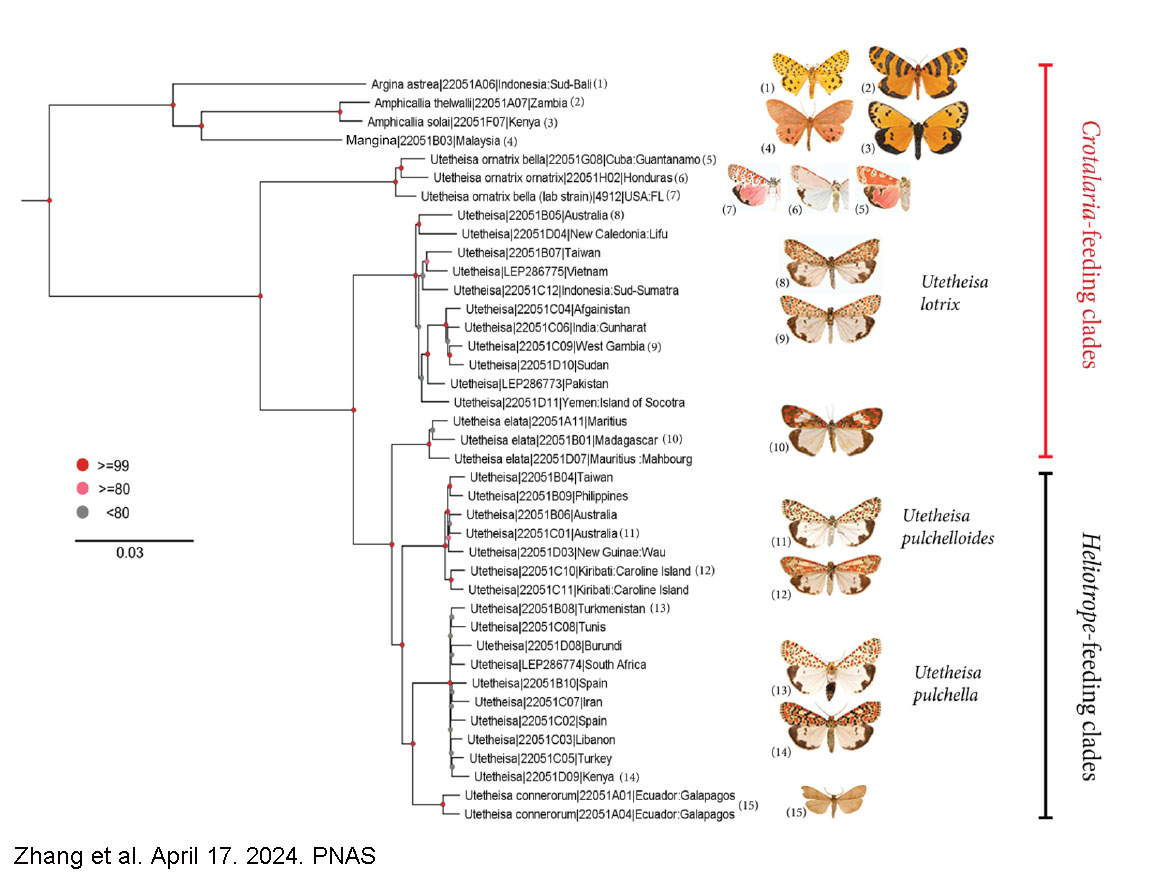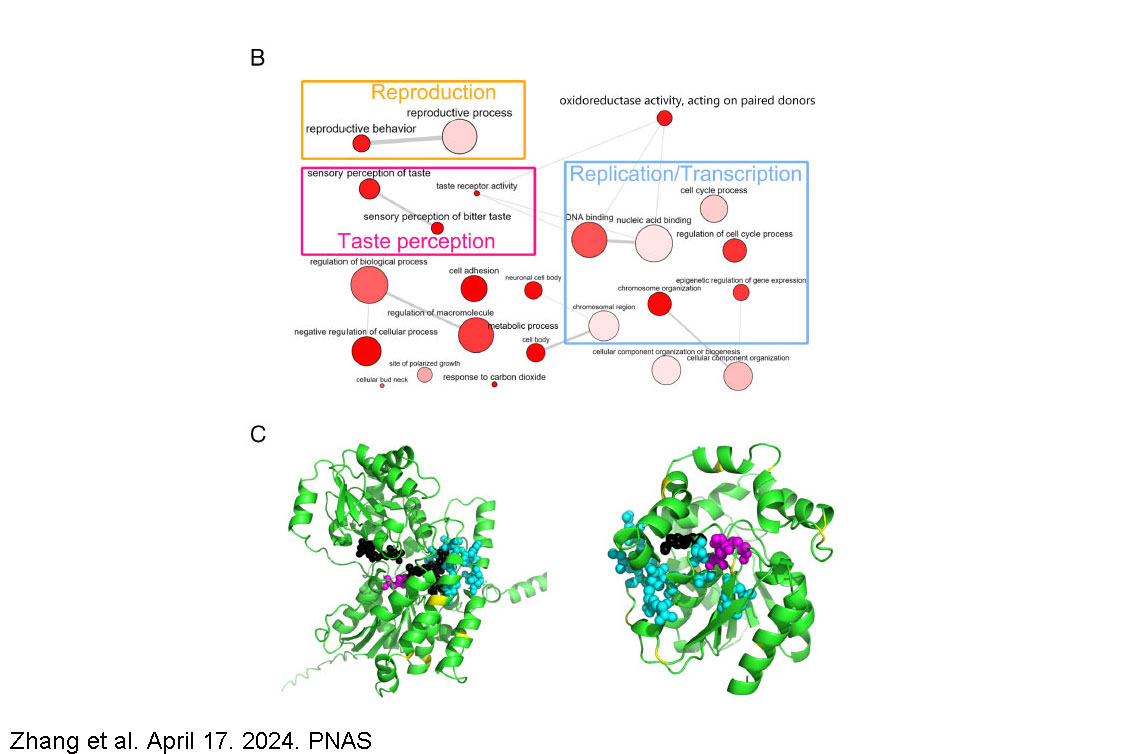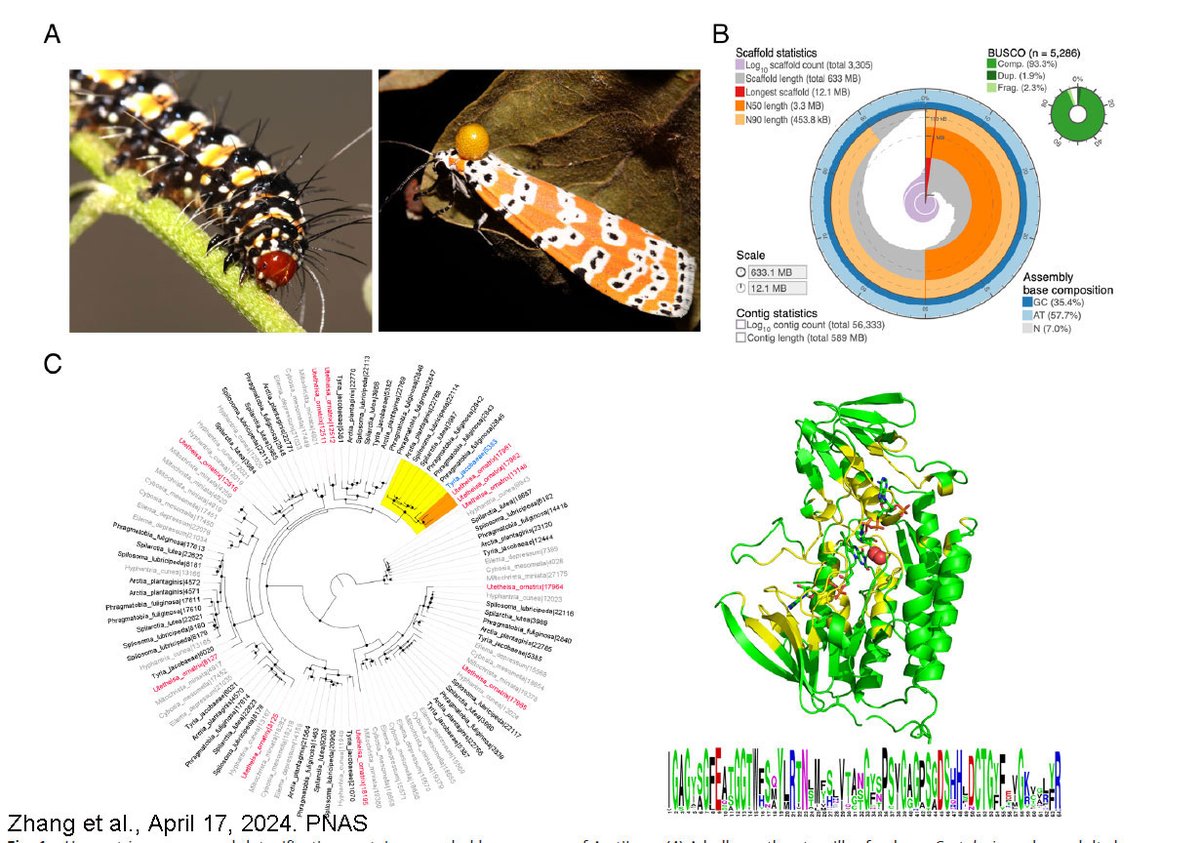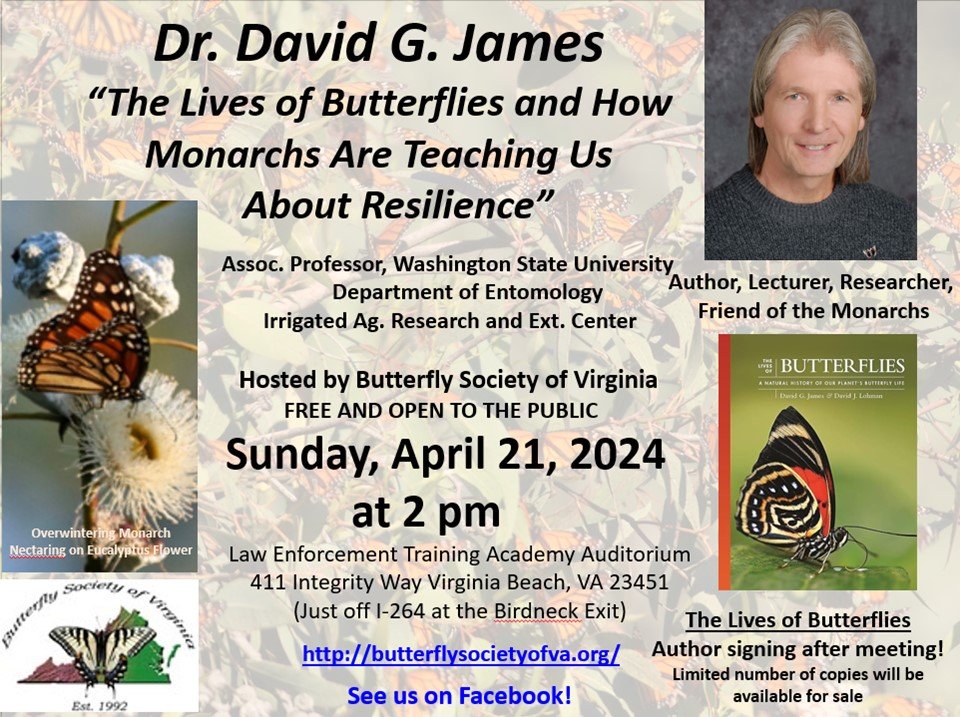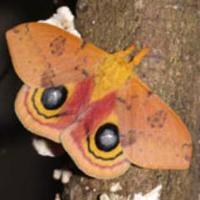
Andrei Sourakov
@AndreiMoth
Entomologist, primary group of interest - Lepidoptera.
@FloridaMuseum
ID:3225145011
https://www.floridamuseum.ufl.edu/andrei-sourakov/ 30-04-2015 20:11:03
3,2K Tweets
1,4K Followers
250 Following

First comprehensive higher level #phylogeny of #Zygaenidae (Lepidoptera) including estimated ages of the major lineages and a review of known zygaenid #fossils : doi.org/10.1111/syen.1… #OpenAccess #Phylogenetics #Palaeoentomology
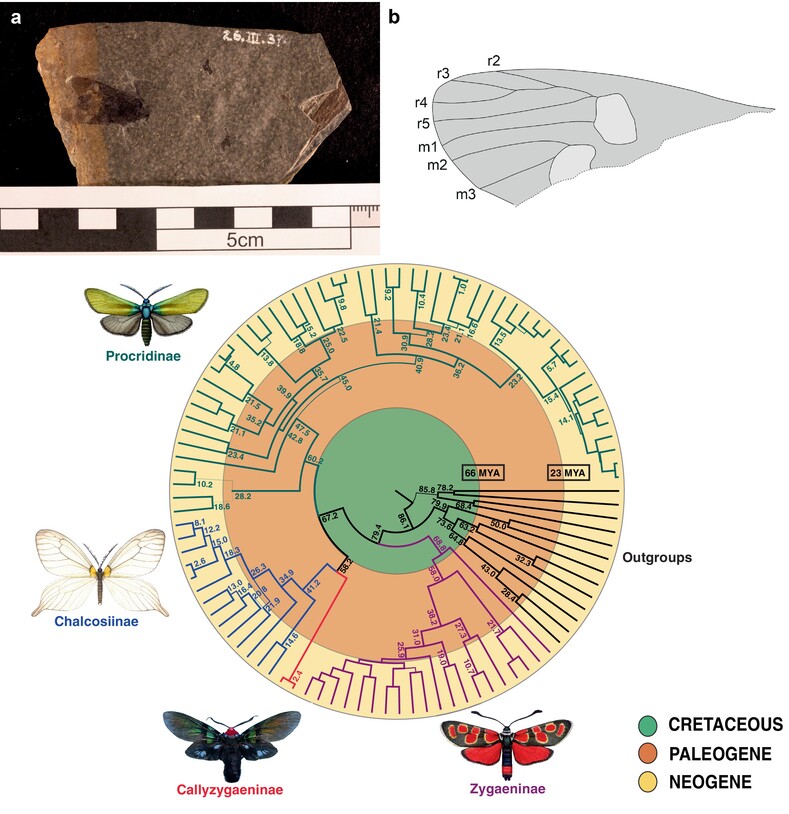

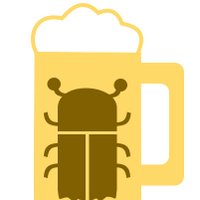


A team of 279 scientists from nearly 30 countries have just completed the largest, most complete flowering plant tree of life ever created.
Story & study:
floridamuseum.ufl.edu/science/vast-d…
The new data have been made openly and freely accessible to both the public & scientific community.


To learn more about the Bella Moth and the study, please visit Florida Museum:
floridamuseum.ufl.edu/science/bella-…






Now available, The Little Book of Butterflies by Andrei Sourakov and Alexandra A. Sourakov is a charming, richly illustrated, pocket-size exploration of the world’s #butterflies .
Enjoy a free sample of this charming book: hubs.ly/Q02sByBk0



This sounds very interesting, Antonia Monteiro! Looking forward to seeing the microscopy:
Optix regulates nanomorphology of butterfly scales primarily via its effects on pigmentation frontiersin.org/articles/10.33…

Very nice paper with evidence for hybrid speciation in Heliconius 🦋 by Neil Rosser, jim mallet Kanchon Dasmahapatra and co. nature.com/articles/s4158…

